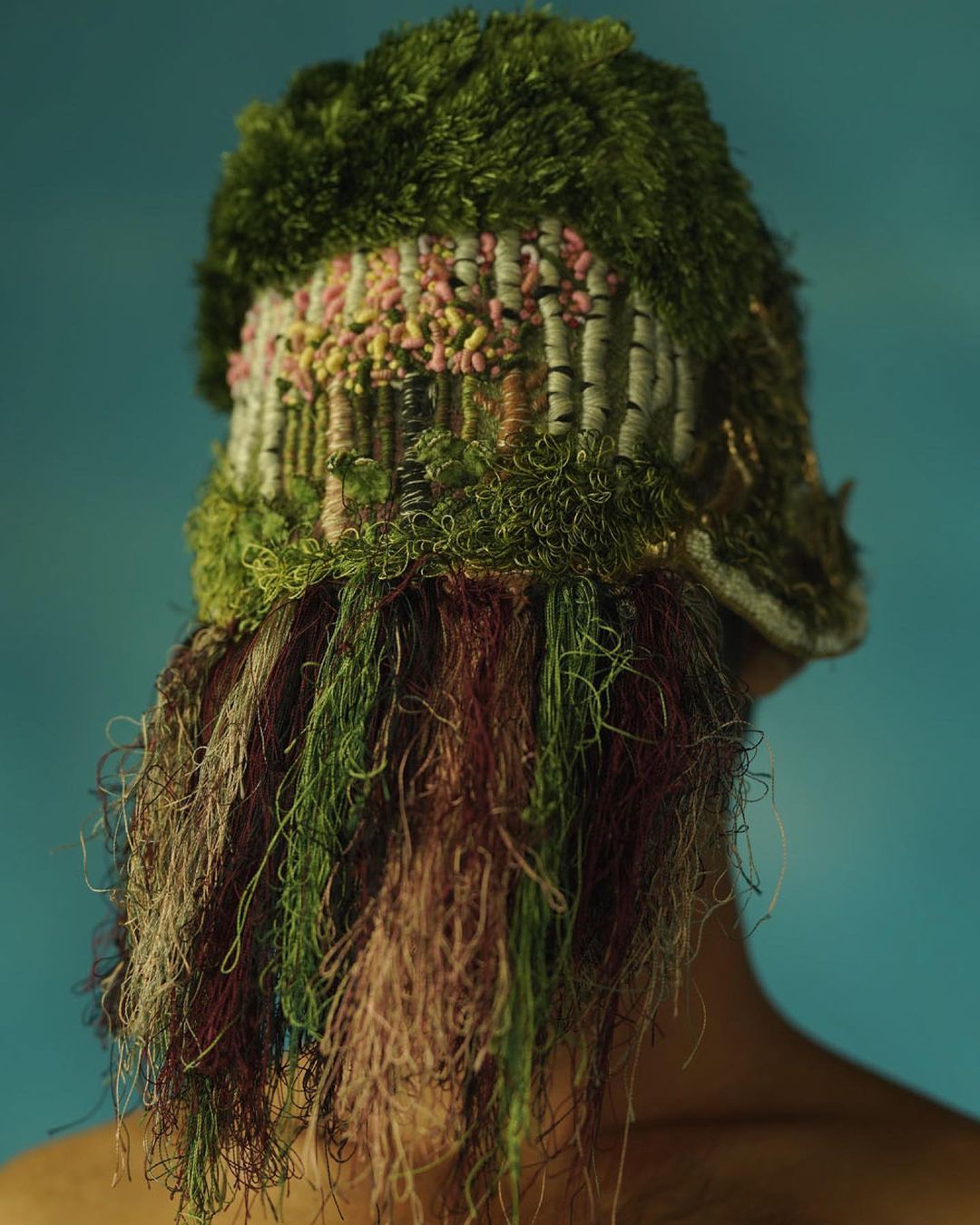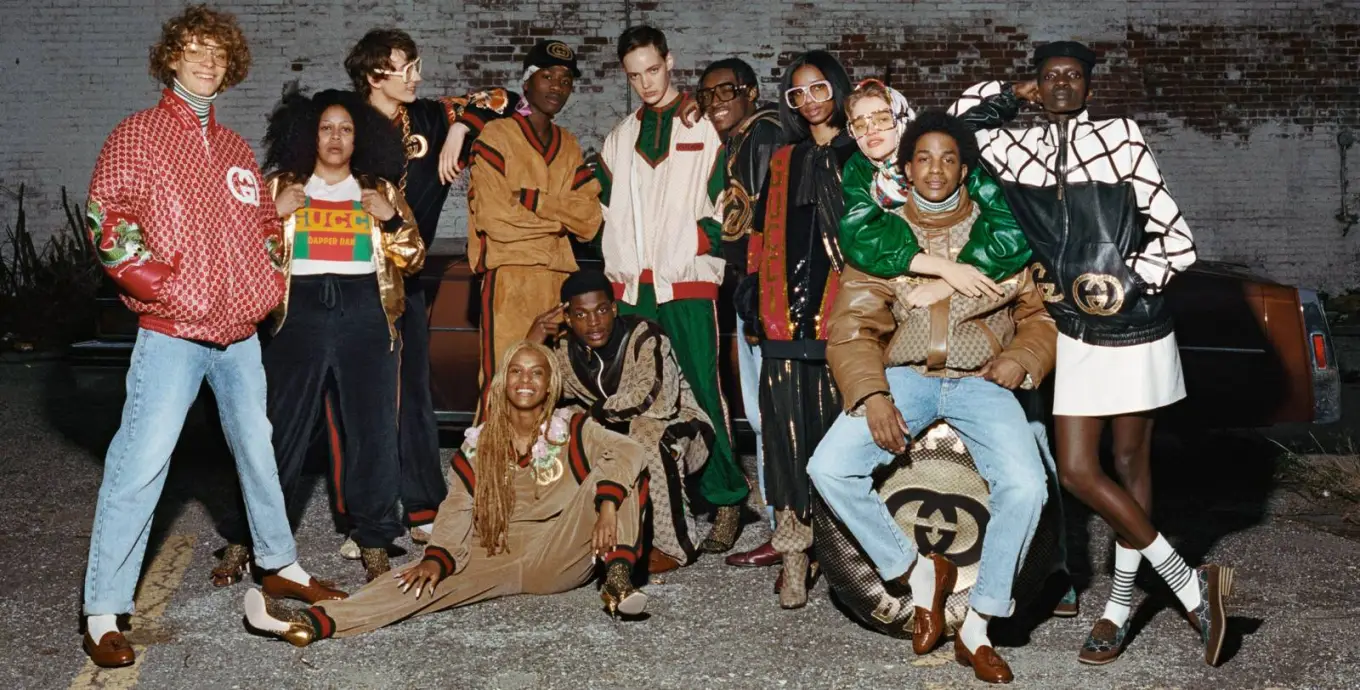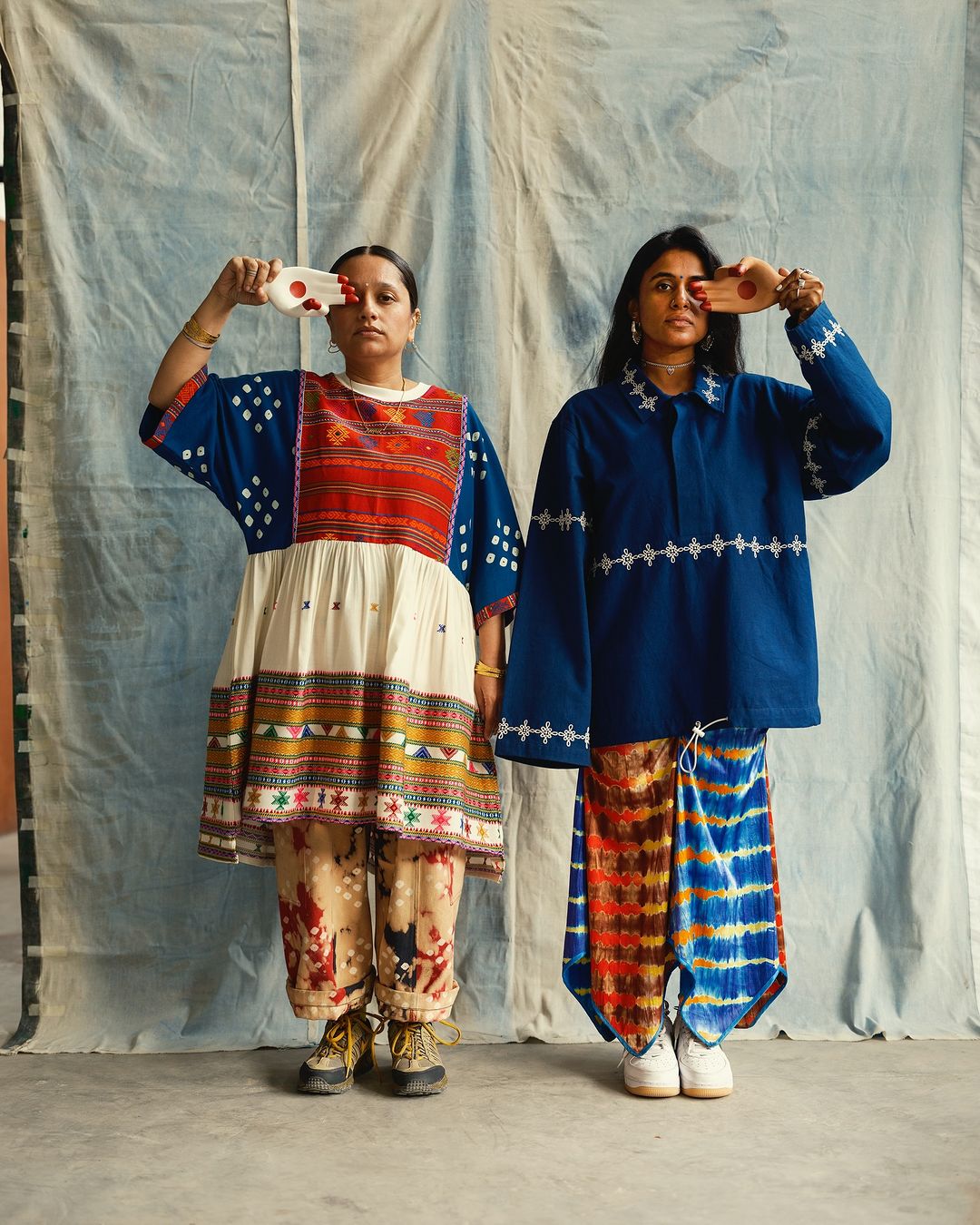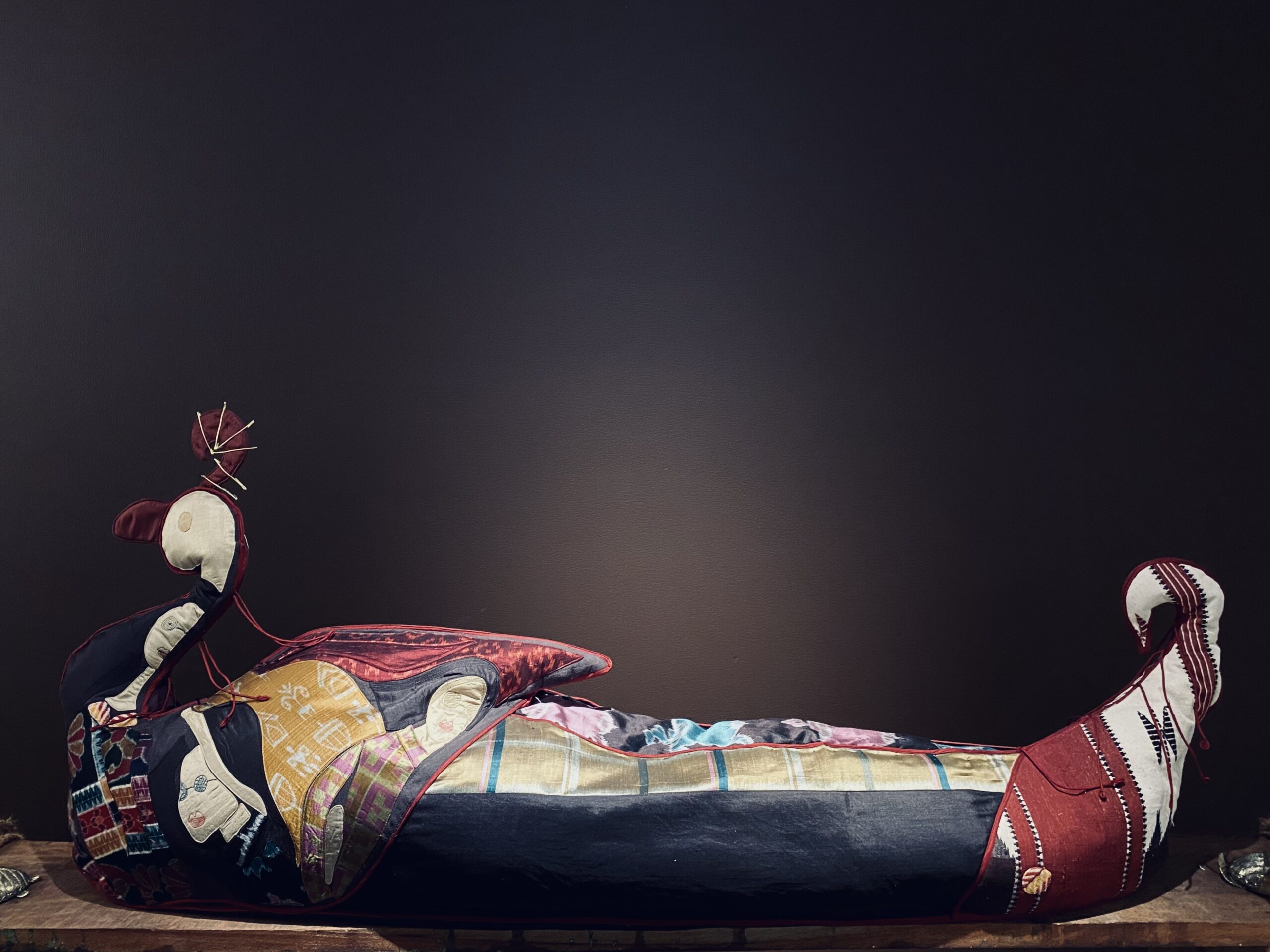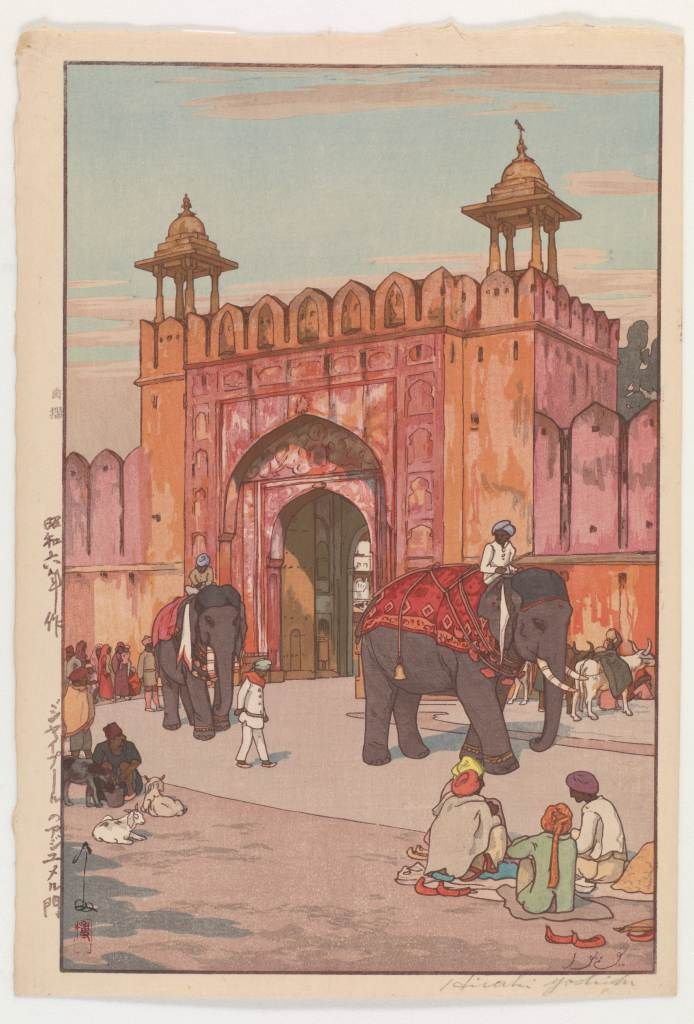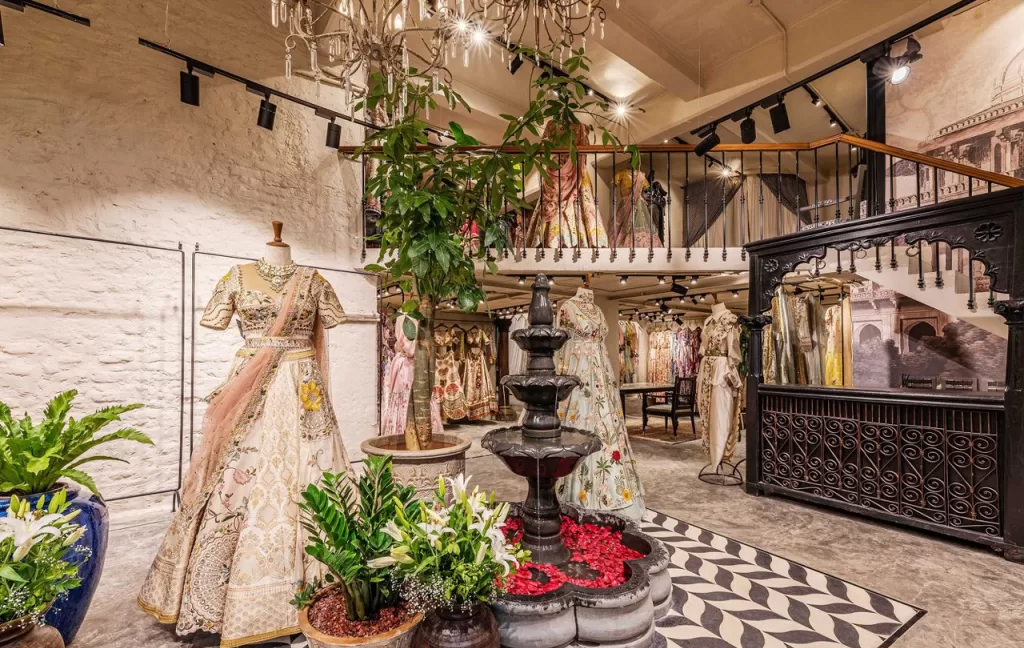The meteoric rise of streetwear in India signifies a transformative era in creative expression, reflecting an ingenious fusion of global influences and local artistry. No longer a niche subculture, streetwear has evolved into a dynamic medium for individuality and cultural dialogue, reshaping fashion landscapes across the country. This trend has democratised style, empowering a new generation of designers and fashion enthusiasts to challenge conventional norms and experiment with innovative designs by melding them with unconventional fabrics. The integration of traditional Indian textiles and craftsmanship with contemporary streetwear aesthetics has paved the way for Indian designers to create an individualistic blueprint that diverges from following global trends but redefines it, crafting a unique narrative that celebrates both heritage and modernity. This evolution not only amplifies the voice of India’s rapidly growing creative community but also underscores streetwear’s role as a powerful conduit for cultural expression and identity in a rapidly globalising world.
From the streets of New York to the revered runways of Paris, this genre of personal styling has solidified its place in fashion history. Originally intertwined with hip-hop and skateboarding cultures, streetwear has surpassed these roots to become an invincible force in contemporary culture. Its origins trace back to the South Bronx in the late 1970s, where hip-hop artists cultivated their own style by blending athletic wear, vintage pieces, and high-end brands to create a distinctive look. The 1980s saw streetwear’s rise to prominence, fueled by brands like Vans and Stussy, which catered to skateboarders seeking functional and comfortable clothing. These brands embraced a DIY ethos, a hallmark of streetwear today, rooted in custom designs and graffiti-inspired logos. Streetwear has since migrated from the fringes of subculture to the heart of mainstream fashion.
Gucci’s late-80s inspired ready-to-wear collection, taking a cue from the Dapper Dan archive
In India, the streetwear aesthetic experienced a meteoric rise as people sought to combine comfort with style. This shift sparked a fascination with “athleisure” and “normcore” fashion. However, Indian fashion enthusiasts quickly moved beyond the foundational elements of streetwear, craving designs that resonated with their cultural context. The appeal of a North Face puffer jacket waned in favour of a heightened appreciation for Indian textiles, layered with contemporary designs.
Although numerous independent luxury streetwear brands existed in India before 2020, the pandemic thrust them into the spotlight. A pivotal player in this evolution is NorBlack NorWhite (NBNW). The brand’s genesis traces back to 2010, when the duo was embroiled in a journey of self-discovery amidst the vibrant chaos of then Bombay. NBNW was born through the quirks witnessed in the city’s by-lanes that inspired Amrit and Mriga to create a brand that amalgamates local culture, Indian craftsmanship, and friendship. Their journey began with Bandhani, but it was the creation of their iconic “BomBombers” — reversible silk suits crafted from luxurious textiles — that truly set them apart. This marked the beginning of their mission to employ traditional textiles and reinterpret them for contemporary streetwear. Central to NBNW’s ethos is a deep respect for the past, recognising that to pay homage to tradition is to respect the processes and people who sustain it. The brand thrives in what they describe as the “grey space of culture,” a creative, intuitive corner where they build communities and designs responsive to the people and environments they engage with.
(L-R) NorBlack NorWhite founders Amrit and Mriga; the brand’s renowned BomBombers
Their approach is shaped by experiences shared within a close-knit community, including their master tailor, Mohammed Ji, who has been with them since the brand’s inception in a modest 300-square-foot studio in Mumbai. Furthermore, the brand has evolved into a cultural platform, merging explorations in textiles, stories, and diverse voices from around the world. With a resolute commitment to uplifting women and independent POC voices, NBNW’s creative studio has collaborated with brands such as FILA, Adidas, and Air Canada, designed for icons like Raveena and Yara Shahidi, and contributed to cultural institutions like London’s Victoria and Albert Museum. Through every project, NBNW continues to script a narrative of pure love and intention.
India’s evolving fashion scene often flourishes through the interplay of shared visions. The fusion of personal passions and professional aspirations frequently gives rise to innovative brands. Which means brands are not merely business ventures but expressions of shared cultural heritage. This was the crux of Gauri Verma and Karuna Laungani’s friendship blossoming into a business partnership of the brand Jodi. An India-based design studio and marketplace, Jodi was born out of a shared passion for craft, culture, fashion, and travel. The ethos behind the brand is centred around being a high-street, slow fashion brand dedicated to offering vibrant, fashion-forward designs for both home and wardrobe. The brand places a strong emphasis on natural Indian textiles and proudly supports artisanal techniques such as hand block printing, Bandhani dyeing, and hand embroidery. With a home base in Pune, Maharashtra, Jodi’s influence extends far beyond, with their collections available at international retailers across the United States, Dubai, Kuwait, Saudi Arabia, Singapore, and the UK. Interestingly, the brand name “Jodi,” meaning “pairs,” reflects both the founders’ twin heritage and the brand’s signature pairing of print and colour.
A personal favourite from the brand is the “Bachpan Cup,” a whimsical reinterpretation of children’s sippers, crafted using Longpi, a traditional pottery technique native to the Ukhrul district of Manipur. This unglazed pottery is formed from hand-molded serpentine clay and undergoes a wood-firing process, after which the double-handled cups are polished with Chirona leaves, resulting in their distinctive deep metallic hue. The true beauty of these cups lies in the fact that each piece is made in small batches, ensuring that no two are ever exactly alike.
(L-R) Jodi’s craftsman at work on the Chittara rib dress; The Bachpan Cup
The country’s rich textile heritage plays a large role in inspiring Indian streetwear designers, the re-imagination of age-old fabrics for the modern wardrobe is what sets Indian streetwear apart so distinctively. These efforts not only preserve cultural legacies but also champion sustainable practices that pay great importance to both the artisans and the environment. Therefore, no discussion of Indian fashion is complete without acknowledging the significance of Khadi, a hand-spun and woven natural fibre cloth that has become a symbol of the nation’s rich textile tradition. Integrating it into the realm of streetwear is A Humming Way (AHW), a luxury brand launched in November 2017. Founded by the sister duo Sweta Agrawal and Pallavi Podar, AHW exemplifies this legacy by specialising in experimental designs crafted from Khadi and other Indian vegan textiles. The brand places a premium on highlighting the inherent texture and feel of these fabrics, reimagining them for contemporary everyday wear, as well as graceful occasion attire. Sweta, in her role as Creative Director, draws profound inspiration from her childhood experiences in Nepal and Rajasthan, infusing her designs with the rich heritage and vivid memories of these regions. The opulence of Rajasthani heritage and the vibrant essence of 1990s Nepal deeply influence her work, alongside the diverse cultures she encounters during her travels. Notably, one of AHW’s most cherished and best-selling skirts is inspired by the traditional attire of Bhutanese men and women. Deeply committed to fair pay, AHW sources its fabrics from three villages of generationally skilled hand-weavers in Ahmedabad and Rajasthan, advocating for a more equitable fashion industry in India.
As time progresses, we are fortunate to witness the grandiose metamorphosis of Indian streetwear, which is far more complex than simply merging tradition with modernity. Indian fashion today is a force to be reckoned with on the global stage, not because it has adapted to Western tastes, but because it has unapologetically embraced its heritage. Those who truly understand fashion know that Indian textile craftsmanship is not just a facet of design; it is the key to unlocking an entirely new dimension of artistic expression.
At the heart of this stylistic renaissance are these independent luxury clothing brands that create each piece not just as a garment, but as a narrative that pays rightful homage to India’s cultural legacy, woven with a commitment to preserving age-old techniques and artistry.
This movement challenges the outdated, reductive views of Indian fashion as mere “ethnic wear.” It demands recognition for the profound innovation, creativity, and ethical consciousness that now define the industry. These brands place a premium on craftsmanship, to ensure that every thread and fabric speaks to the skill and dedication of the artisans behind it. Moreover, their commitment to fair wages and sustainable practices is setting a new standard, pushing the boundaries of what luxury fashion can and should be. In essence, the rise of these independent luxury brands marks the beginning of a new era — one that is not only raising the bar for Indian fashion but is also contributing to a global dialogue about the true meaning of luxury.
